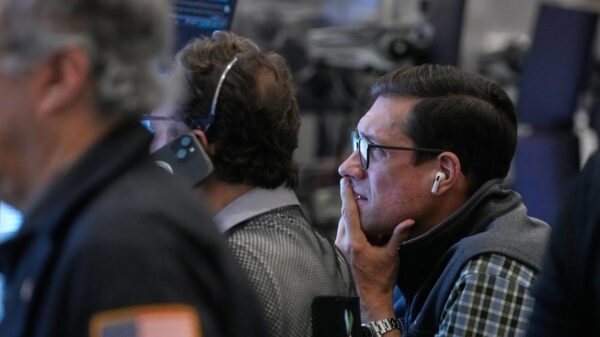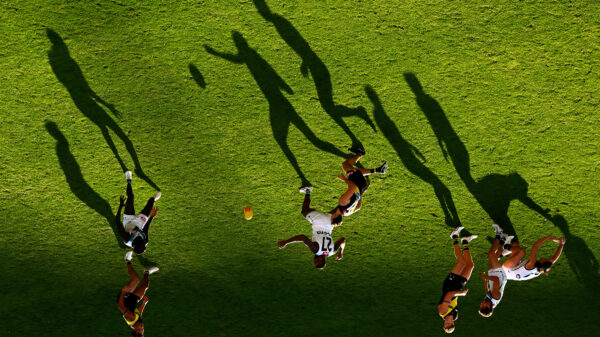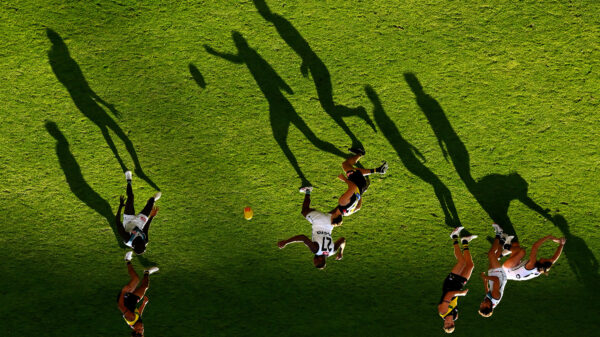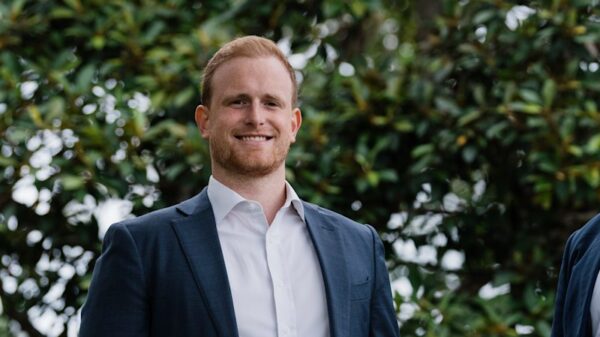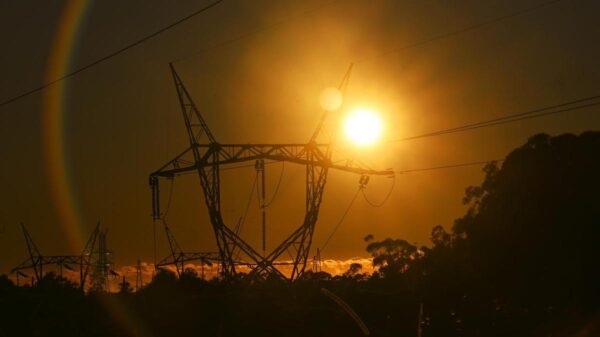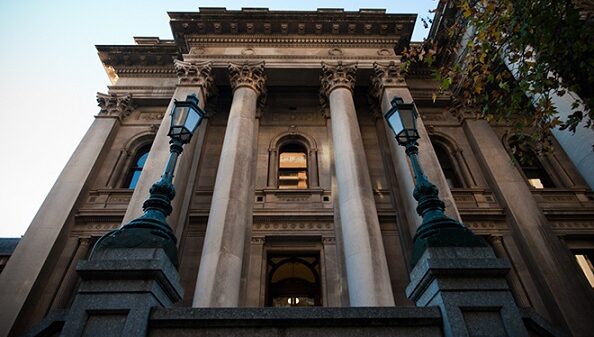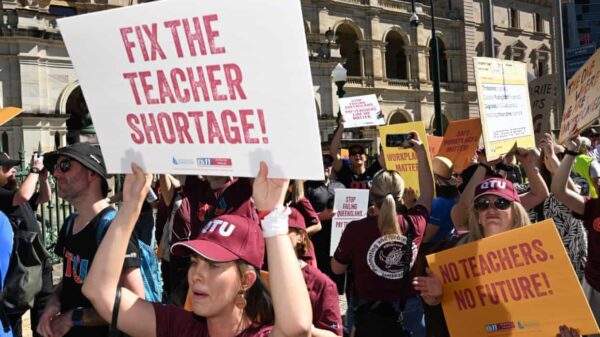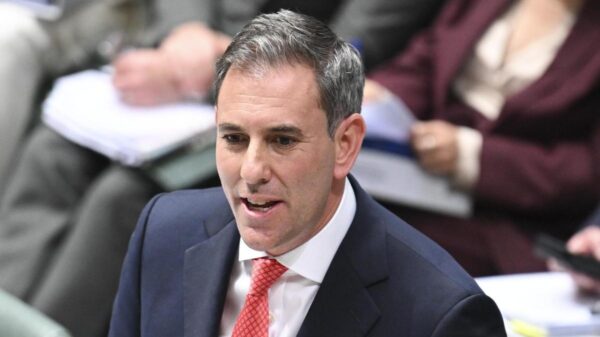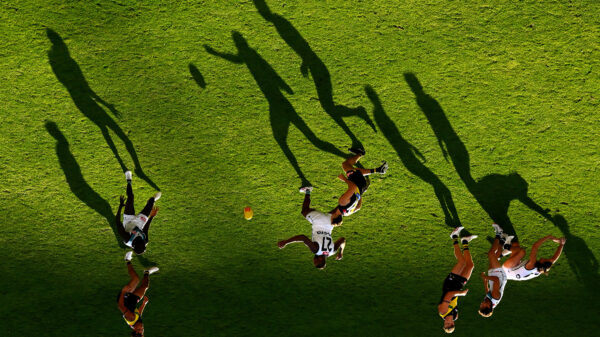New regulations in Victoria will impose screen time limits for primary school students, aiming to enhance focus and reduce distractions in the classroom. Starting in March 2027, public primary schools will limit digital device usage for students in years 3 to 6 to a maximum of 90 minutes per day, while those in prep to year 2 will experience minimal screen time. The initiative has been well-received, but concerns are being raised regarding the financial implications of providing communal devices.
From term one of 2026, schools will receive new guidance and materials to help integrate these limits effectively while continuing to teach essential digital literacy skills. Importantly, the directive will alleviate the financial burden on parents, as schools will provide access to tablets and laptops, potentially saving families over $500 per child.
Education Minister Ben Carroll emphasized the positive impact of these changes, stating, “This will actually give young people more focus in the classroom, better concentration levels, better regulation in the classroom.” He also noted that the initiative aims to allow children to reclaim their childhoods by reducing excessive screen time.
Despite the enthusiasm for these regulations, questions about funding remain. Schools will be responsible for budgeting for any additional devices. Jocelyn Brewer, a psychologist and former teacher, applauded the decision to limit screen time but stressed the importance of how digital screens are utilized in educational settings. “The quality of the content and it enhancing what’s being learned is really important,” Brewer explained, cautioning that simply watching low-quality content for 90 minutes could be counterproductive.
Both Premier Jacinta Allan and her deputy have acknowledged the challenges parents and teachers face worldwide in managing children’s screen time. However, neither provided a cost estimate for the implementation of the new policy when asked. Jess Wilson, the shadow treasurer, echoed concerns from school principals regarding tight budgets. She highlighted the need for clarity on how schools will finance the devices required for the initiative.
The Australian Education Union weighed in on the funding debate, criticizing the government’s expectation that public primary schools can provide adequate devices. Union president Justin Mullaly remarked that the government had cut $2.4 billion from school budgets through 2031, making it unrealistic to expect schools to equip all students with necessary technology. “The Allan government is living in a dreamland if they think public schools have the budgets available to provide devices to all students when Victorian public schools are the lowest funded in the nation,” he stated.
The rollout of these changes will coincide with the federal government’s social media ban for users under 16, set to take effect on December 10, 2023. Victoria has previously led the nation in addressing digital distraction, having banned mobile phone use in public schools in 2020 to combat cyberbullying and enhance classroom focus.
As schools prepare for these significant adjustments, the conversation around funding and implementation is likely to continue, with the potential for substantial changes in the educational landscape of Victoria.


